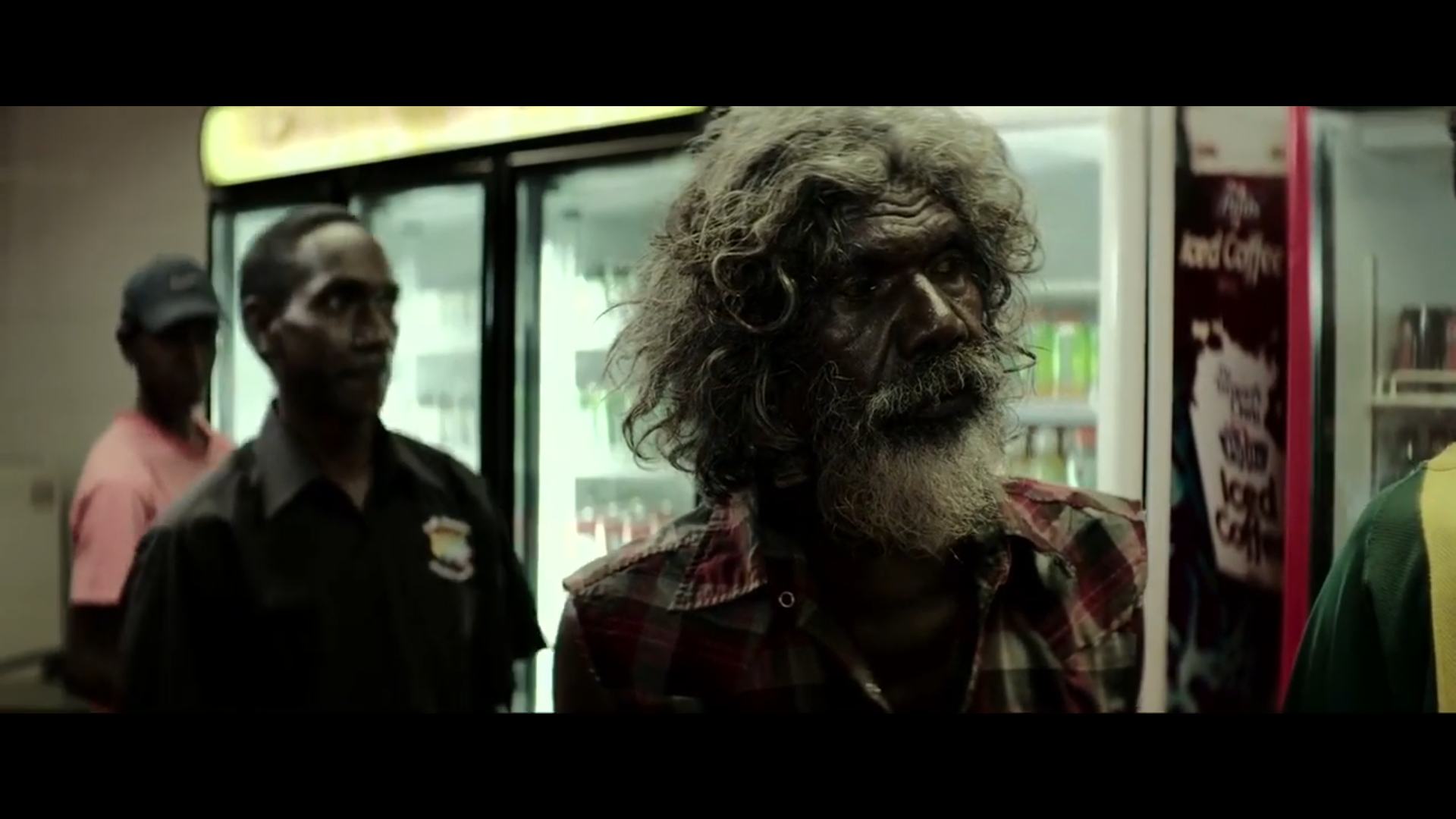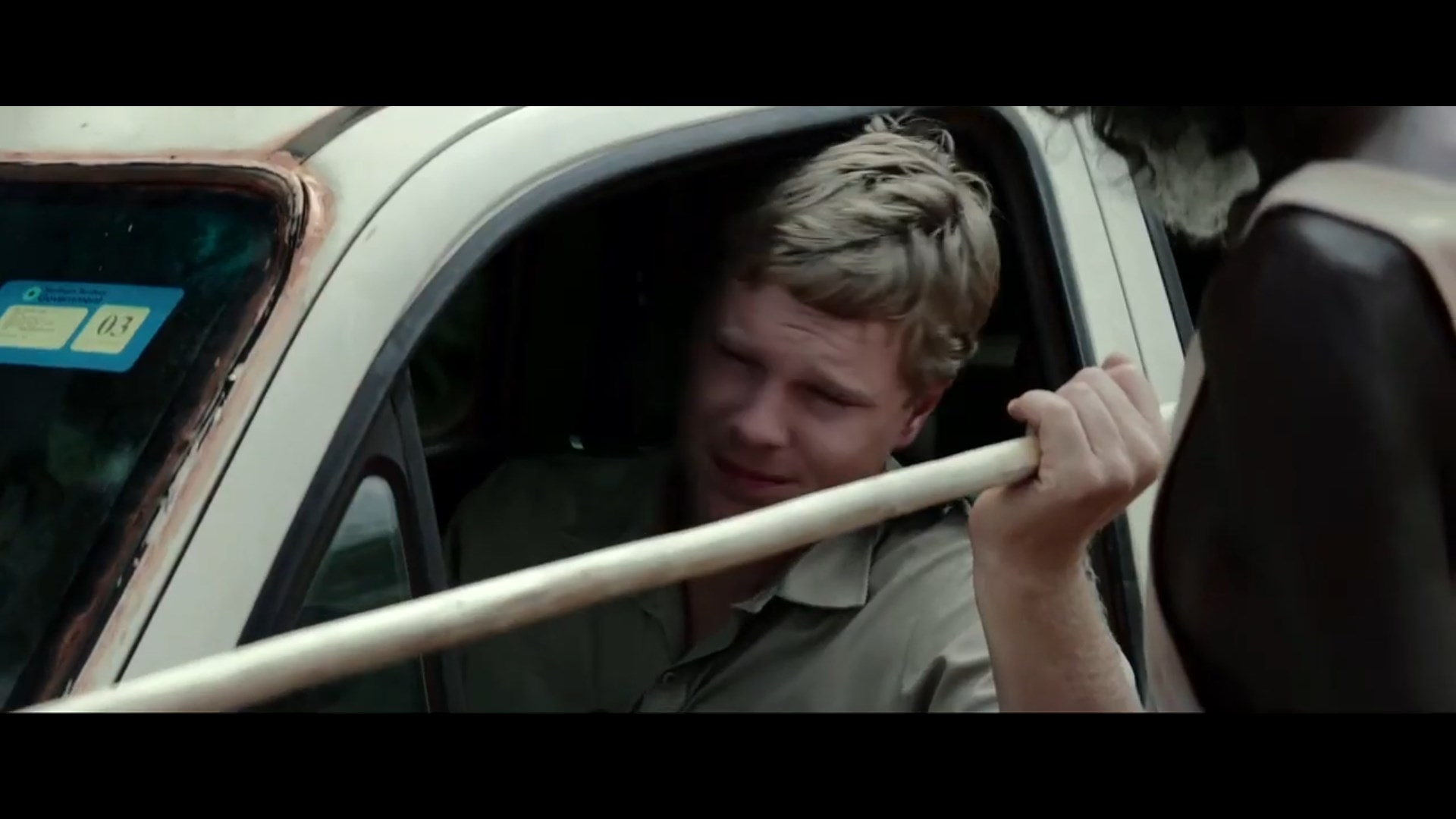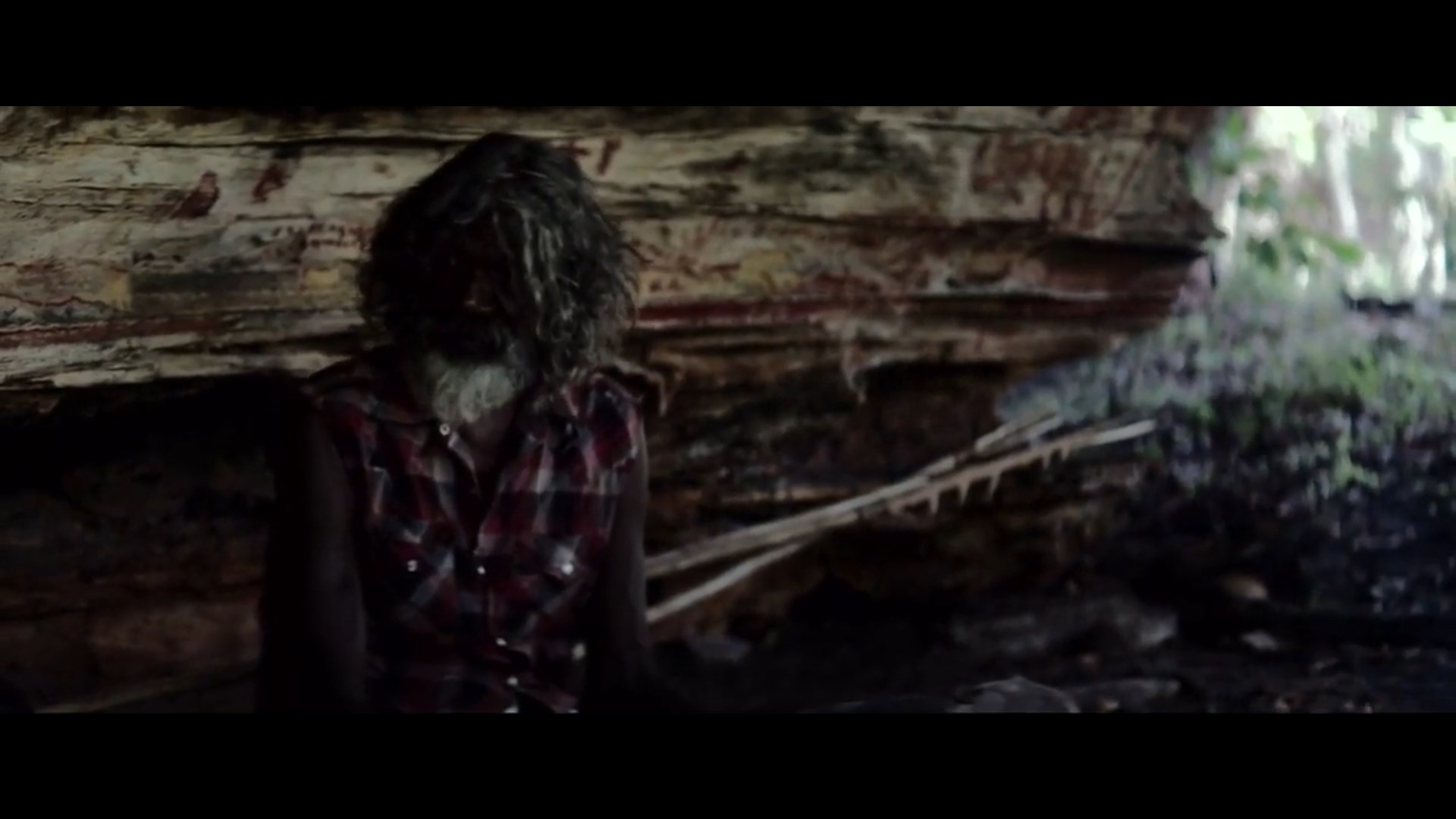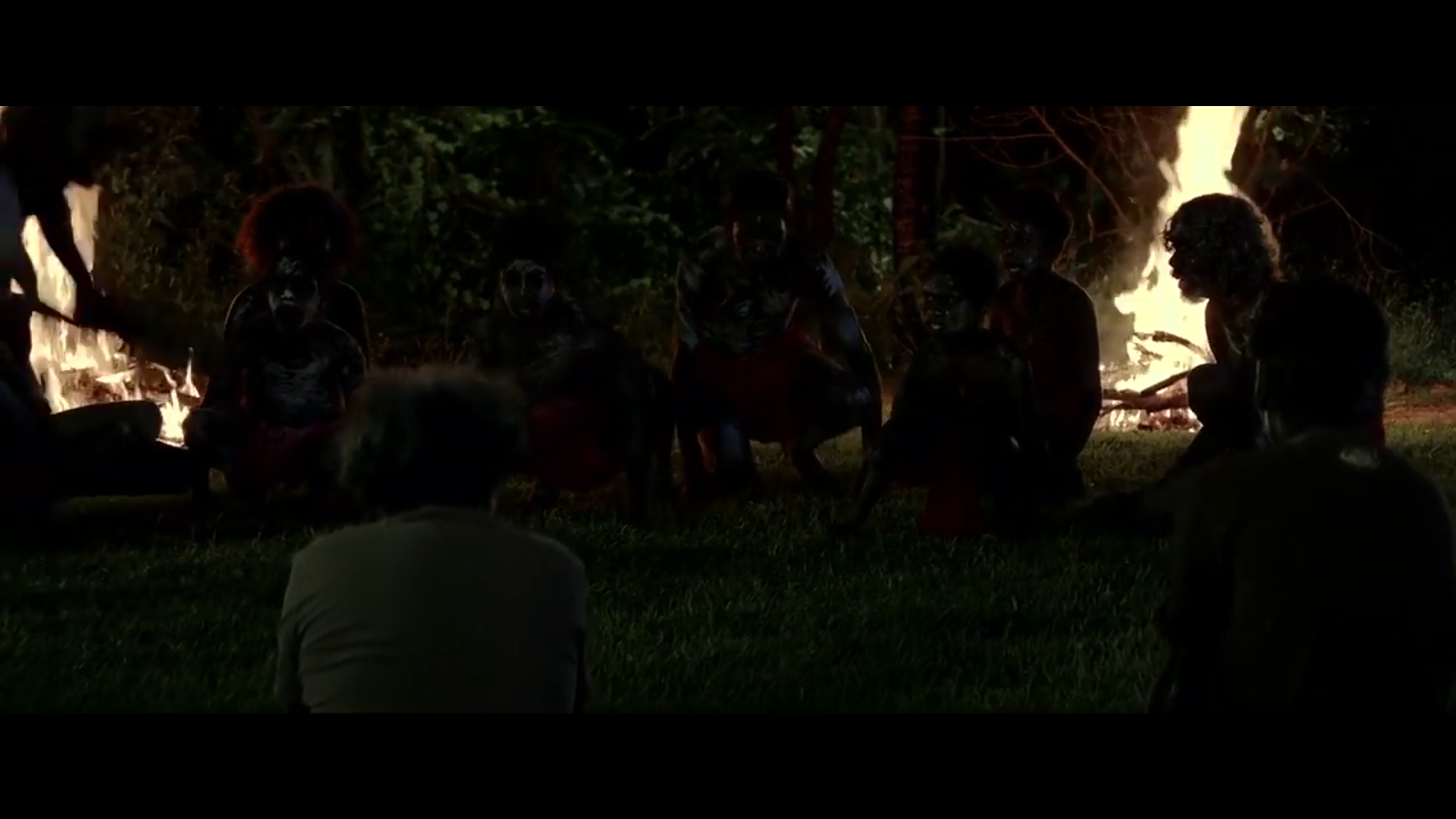Bio cultural Diversity and Charlie’s Country
Bio cultural diversity consists of biological, cultural, and linguistic diversity, as well as the complex interactions that bring those disparate aspects of life together. This concept sheds new light on the way human societies and cultures simultaneously shape and are shaped by their unique natural environments (Kassam, 2009).
The experiences of indigenous peoples, who maintain some or all of their long-established traditions, customs, and institutions, pose a particular interest from this perspective (International Labour Organization [ILO], 2016). After all, unlike the rest of the societies they find themselves in, their culture and language have evolved under the direct influence of their ancestral environment, giving them a particular insight into its ecosystem.
That special bond to the land is central to the ethnic identities of indigenous peoples. Still, it can be a two-edged sword as they become displaced and unable to practice their traditional lifestyles. This dynamic can be observed in the example of the Aboriginal Australian protagonist of Rolf de Heer’s 2013 film Charlie’s Country.
Charlie’s Crisis
Charlie’s Country follows the struggles of its eponymous protagonist, an aging Aboriginal man, during a period of intensified government interference in the lives of the indigenous communities of Australia’s Northern Territory known as the Intervention. The plot begins with a series of incidents that gradually increase Charlie’s disaffection with his life in a remote Aboriginal town (Fundación Cine y TV, 2019). He has increasingly hostile run-ins with authorities, including law enforcement, and grows disenchanted with the inadequate amenities available to his community.
Exasperated, he leaves for the bush to live like his ancestors, but falls ill and returns home, from where he is taken to a hospital in Darwin. Charlie leaves it early and falls in with homeless Aboriginals in the city and ends up in prison after a fight with the police. After his release, Charlie goes back to his community and finally agrees to teach the next generation of his people how to dance at his elders’ request.
Throughout the film, Charlie finds himself torn between two worlds: the old ways of the bush and modern White Australian society. An expert tracker and hunter, he is seemingly made for the traditional lifestyle of the Aboriginal Australians. He feels a powerful personal connection with the bush – typical of the subsistence hunter mentality (Kassam, 2009). However, his attempt to return to that lifestyle is a failure for reasons that will be examined in more depth below. Trying to lead a modern life presents its difficulties, as Charlie’s community is poor, neglected, and faces racial discrimination. Perhaps most critically, Charlie feels that the bush is his country; why should he have to change?
“My Country Is My Home”
Arnhem Land, where the movie takes place, is noted for being one of the parts of Australia where indigenous culture and lifestyle have survived most fully. Even there, however, the Aboriginals are practically forced to live in a pale imitation of the affluent modern Western lifestyle.
As a hunter, Charlie’s familiarity and connection with his land are particularly strong, which enhances the tension and trauma he experiences in present conditions (Prober et al., 2011). He dislikes being made to feel like an unwanted foreigner on his ancestral land, yet that is the effect of many of his interactions with Australian authorities and other problems in his everyday life. Ultimately, the protagonist’s goal could be defined as trying to find some way to live on in his country without sacrificing his identity.
Disconnection from the Land
Although the Aboriginal people in Charlie’s town retain their ethnic identity, their language, and many of their customs, they do not live traditionally. They get money and housing from the government, buy food from the store, and receive professional medical attention. However, all those manifestations of modern life prove inadequate to their material needs. Money and accommodations must be shared with extended family, but living so close to many others is culturally as well as physically uncomfortable. The community store mostly offers low-quality junk food, which contributes to health issues with which the limited healthcare infrastructure simply cannot cope.

Moreover, vital traditional activities, such as hunting, prove virtually impossible. While generally well-meaning, the Australian authorities do not accommodate the customary Aboriginal lifestyle, imposing their way of life instead – however insufficient it may be for the locals’ needs. When Charlie and his friend go buffalo hunting, the police confiscate their guns and their catch, as they do not have licenses. Charlie makes a traditional hunting spear, but it is seized as a “dangerous weapon,” regardless of his insistence that it is not a battle spear.

This incident convinces Charlie that he needs to leave for the bush, where the police will not be able to interfere with him. While he is initially successful in living off the land, finding bush food and barramundi fish, this effort to return to his roots also fails. Some of it may be blamed on bad luck, in the form of unexpected heavy rain, and some on his old age and bad health. But there was always something quixotic about Charlie trying to lead a pre-colonial life by himself, as the subsistence hunting and gathering lifestyle is inherently community-based (Kassam et al., 2018).
Yet, the rest of Charlie’s community shows little interest in returning to the old ways, which, together with their lifestyle, results in the decay of traditional ecological knowledge (Tang & Gavin, 2016). Even Charlie himself might not be entirely immune to this effect. He seems to acknowledge the futility of his attempt when he stays in the cave shelter of his ancestors and concludes that they are all gone, shortly before starting to head back home.

Cultural Continuity
After failing to live in the old ways, Charlie is left adrift. Concluding after his imprisonment that “white fellas locked [him] up for being Aboriginal,” he states that he wants “to live in the white fella’s way now” (Fundación Cine y TV, 2019). But as nothing has changed back home, this seems to be a dead-end for him and his community. In the end, Charlie decides to reconnect with the past in a less radical way.
Having once exhibited traditional dances before the Queen – a source of enduring pride – he agrees to help preserve cultural continuity by teaching those dances to a new generation. This approach has subtle, yet direct implications for the preservation of Aboriginal ecological knowledge, as much of it is traditionally encoded in songs and dances (Prober et al., 2011). Thus, Charlie not only reconnects with his community but also ensures that his way of life will survive, at least in memory, attaining a kind of local immortality for himself as well.

Reviving Folk Knowledge
As well as illustrating the dilemma faced by many indigenous and tribal peoples, Charlie’s story hints at a possible solution. bio cultural diversity suggests that cultural and biological diversity are inextricably connected; any damage to the former also undermines the latter. By the same measure, preserving and restoring elements of cultural diversity helps protect the environment. Traditional ecological knowledge has already proven its value for environmental research, while traditional hunting and gathering activities represent the critical role that humans played in their local ecosystems for generations (Kassam, 2009).
Attempts to restore those indigenous institutions gain a broader relevance within the concept of ecosystem management, which recognizes the need to accommodate the interests and expertise of diverse stakeholders (Szaro et al., 1998). It can be said that teaching children how to dance is a good start, but Charlie would do well also to teach them how to hunt. The authorities should either assist in this effort or not interfere. In more favorable social conditions, such knowledge can make the revival of Charlie’s way of life an attainable goal, and in the meantime it would help save his country.
Conclusion
Charlie’s Country underlines the importance of traditional activities such as hunting to the ethnic identities of indigenous and tribal peoples. While its protagonist ultimately seems to give up on the dream of living according to the old ways as a hunter, a perspective informed by biocultural diversity shows that not all hope is lost. By passing on the dances of his people to the next generation, he helps preserve the traditional ecological knowledge that could be crucial to restoring his way of life.
A similar but broader and more systematic effort could help sustain a greater variety of folkways. As indigenous tribes have long played a key role in their respective ecosystems and were shaped by those environments in turn, restoring their lifestyles is essential to protecting all components of local bio cultural diversity. Doing so would be in the wider interest of any modern society as well as the indigenous tribes themselves.
References
Fundación Cine y TV (2019) Charlie’s country (2013) – Rolf de Heer [Video]. YouTube. Web.
International Labour Organization. (2016). Who are the indigenous and tribal peoples?Web.
Kassam, K. A. S. (2009). Biocultural diversity and indigenous ways of knowing: Human ecology in the Arctic. University of Calgary Press.
Kassam, K. A. S., Ruelle, M. L., Samimi, C., Trabucco, A., & Xu, J. (2018). Anticipating climatic variability: the potential of ecological calendars.Human Ecology, 46(2), 249-257. Web.
Prober, S. M., O’Connor, M. H., & Walsh F. J. (2011). Australian Aboriginal peoples’ seasonal knowledge: A potential basis for shared understanding in environmental management.Ecology and Society 16(2). Web.
Szaro, R. C., Sexton, W. T., & Malone, C. R. (1998). The emergence of ecosystem management as a tool for meeting people’s needs and sustaining ecosystems. Landscape and urban planning, 40(1-3), 1-7.
Tang, R., & Gavin, M. C. (2016). A classification of threats to traditional ecological knowledge and conservation responses. Conservation and Society, 14(1), 57-70. Web.